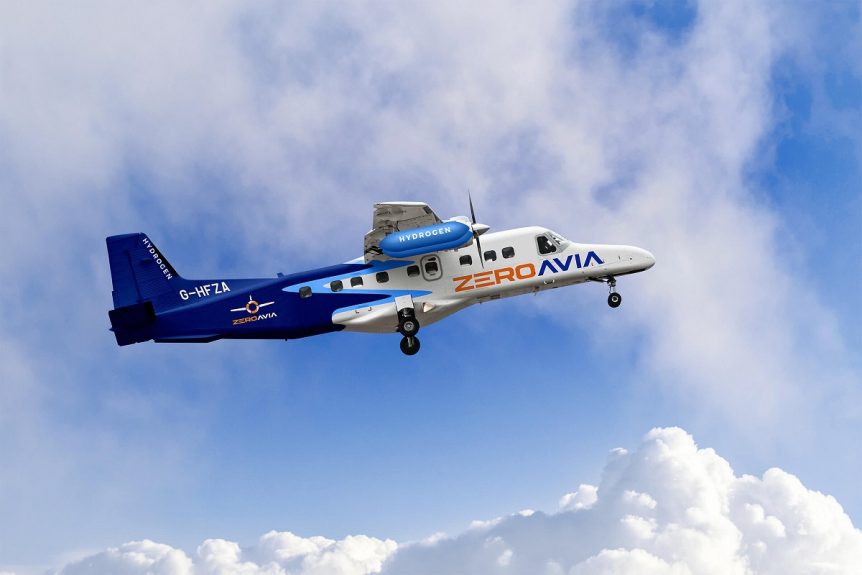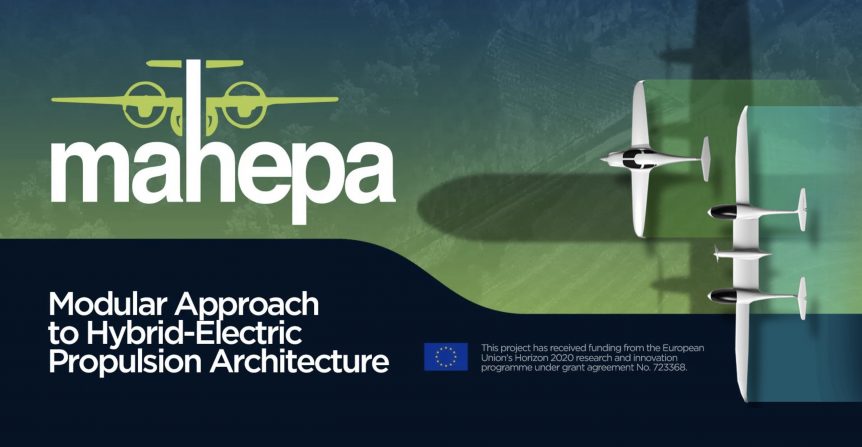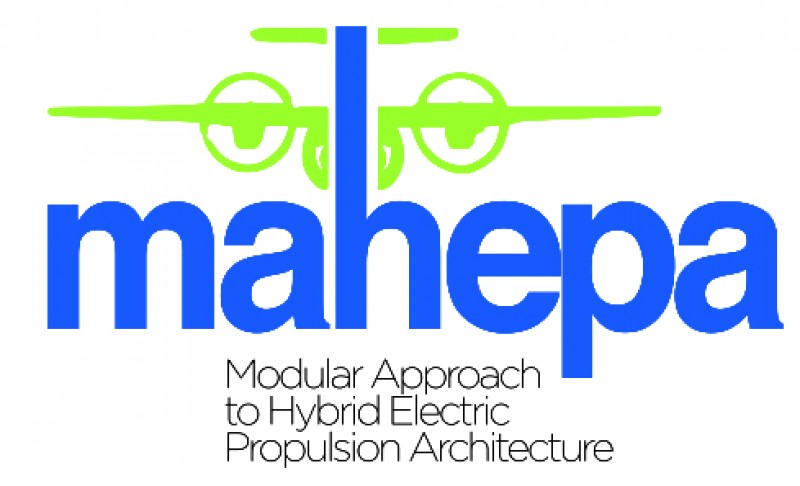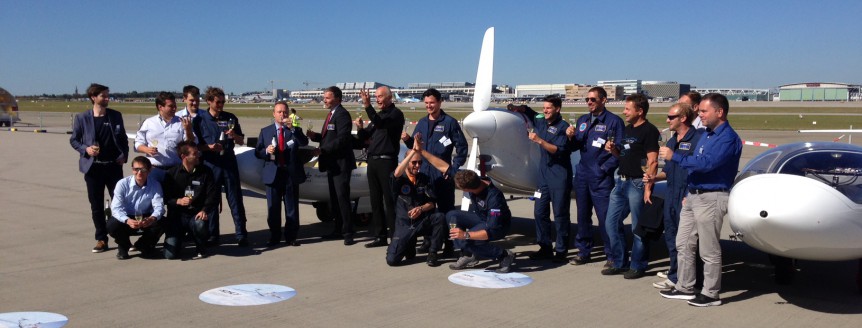Two companies promoting hydrogen power for aircraft are upsizing their aspirations, with aircraft hauling four to up to 40 passengers. Both have ambitious timelines. ZeroAvia, operating in Hollister, California and Cirencester, England has been flying a Piper Malibu demonstrator, but anticipates flying a 10 to 20 passenger Dornier by 2024. It would expand that to a 50-passenger craft by 2026. H2Fly in Germany has been flying their Pipistrel-designed HY4 for several years and through six generations. The firm looks forward to taking incremental steps toward a 40-passenger regional airliner by 2030. ZeroAvia ZeroAvia reports on troubling trends in aviation’s contribution to greenhouse gases, but follows with a possible solution. According to their web site, aviation accounts for over 12 percent of total transportation emissions, and may double that by 2050. High altitude contrails mean aviation emissions have two to four times the effect of ground source emissions. Regulators want drastic changes. The European Union mandates a one quarter the CO2 …
MAHEPA and HY4 Go High
MAHEPA (Modular Aproach to Hybrid-Electric Propulsion Architecture) is a European Union project to build emission-free aircraft. A public flight of Pipistrel’s HY4 hydrogen-powered, four-seat aircraft was the latest demonstration of the group’s progress. Challenging Objectives Overall, MAHEPA hopes to accomplish five objectives: Advancing the fuel-driven serial hybrid-electric Powertrain which uses a lightweight internal combustion engine (ICE), capable of running multiple fuels as the power generation module. Advancing the reliability of zero-emission serial hybrid-electric powertrain which uses a Proton Exchange Membrane (PEM) Hydrogen Fuel Cell (FC) as the power generation module. Advancing new airborne qualified, lightweight, high-power density components such as a 200 kW+ electric motor, a 100 kW+ generator and improved power electronics using Silicon Carbide (SiC) technology to increase efficiency of power transmission due to decreased switching losses. Developing “common building blocks” solutions also for different aircraft configurations, enabling the proliferation of powertrain modules between various aircraft. Gathering, analyzing and comparing in-flight performance and emission data in order to …
MAHEPA, Modularizing the Approach to Clean Flight
Pipistrel, itself flying pure electric and hybrid aircraft, has announced its participation in MAHEPA, a Modular Approach to Hybrid-Electric Propulsion Architecture. MAHEPA aims to,” reduce the gap between research and the production of low-emission propulsion technologies that would enable the achievement of environmental objectives in the field of aviation by 2050.” Mahepa’s first meeting, held May 15 and 16 at Pipistrel’s headquarters at Ajdovscina (Slovenia), helped define the direction for a major academic/industry project. Led by the aircraft manufacturer, in cooperation with Compact Dynamics, DLR (Germany’s equivalent of NASA), the University of Ulm, H2Fly, Politecnico di Milano, TU Delft and University of Maribor, project goals are impressive. – “To boost research in the field of low emission propulsion technology to open up possibilities for series production of greener airplanes in order to support European environmental goals in aviation.” This will result in “novel, modular and scalable hybrid-electric powertrains capable of running on alternative fuels or on hydrogen with zero emissions.” …
HY4 Makes First Public Flight – Your Editor Rides EAA’s Ford Trimotor
A day after Pipistrel, the DLR and associates flew the first public demonstration of their four-seat hydrogen-powered HY4, your editor and a friend took a brief hop around the Aurora State Airport in Oregon in EAA’s Ford Trimotor, the first certified airliner in America. The two events, roughly equal in duration, if not in historicity, demonstrate a readily observable progress in aeronautics. A quickening of design and technology 14 years after the Ford 5AT first flew on a scheduled route that took 51 hours total time to cross the United States (and split transport duties with trains), your editor’s father was whisked nonstop by Army Air Corps C-54 across the Atlantic to Shannon, Ireland, and then to Bobbington and Newquay, England to work on bombers for the duration of the conflict. Those 14 years seem like a major quickening of design and technology, which brought us pressurized cockpits, turbocharged engines, and great leaps forward in speed, endurance and reliability. Following the …
G4 to HY4 – Swapping Batteries for Fuel Cells
The University of Stuttgart and Pipistrel started down similar paths around 2007, with the Stuttgarters attempting a hydrogen-powered two-seat aircraft, the Hydrogenius; and Pipistrel developing a self-launching craft with either two-stroke power or an equivalent electric motor. The two groups came to rely on one another, with hydrogenius using the forward fuselage and wings of the Taurus G2 with hydrogen tanks in the fuselage and a Sineton motor on the tail. On February 27, 2008, Professor Rudolf Voit-Nitschmann, the father of the solar powered aircraft Icare 2 and the unofficial World Record holder for distance flown in a solar powered aircraft, along with dipl. ing. Steffen Geinitz and dipl. ing. Len Schumann met with Pipistrel leaders, including CEO Ivo Boscarol and designer Tine Tomazic at the company headquarters in Ajdovscina. Because the area aft of the wing was different for the Pipistrel G2 and Hyrogenius, the fuselages looked entirely different. Hydrogenius used the volume behind the wing to stow the H2 …




